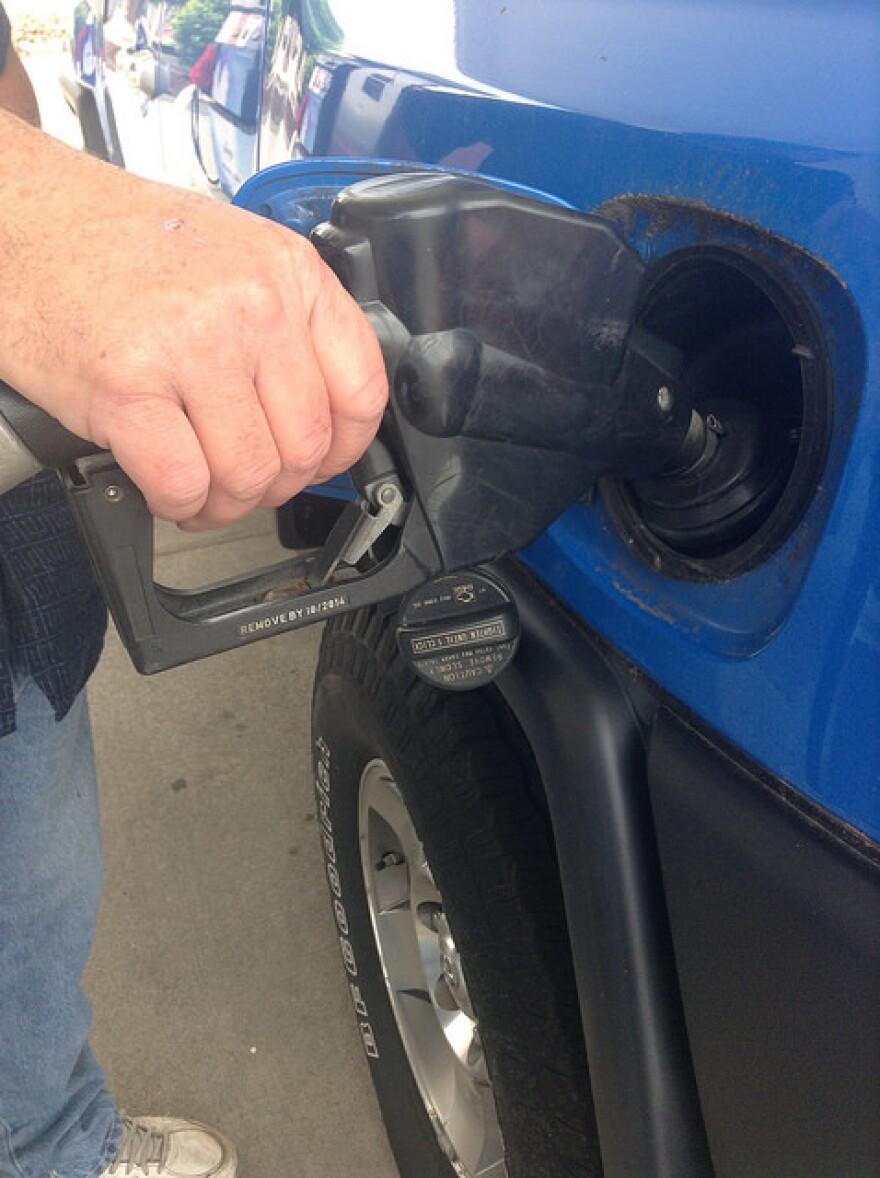Don Fullerton is associate director of IGPA for Urbana-Champaign and a member of the IGPA faculty. He is an expert on tax policy, energy and environmental policy issues. Julian Reif is an expert in health economics and policy.
They wrote the following op-ed.
Last year, the Panzier Lane bridge in Jefferson County collapsed while a truck was driving over it. The driver was unharmed, but as reconstruction began last month, officials estimated it will cost more than half a million dollars to repair.
While the Panzier Lane bridge incident was not as spectacular as the 2007 collapse of the Interstate 35 bridge into the Mississippi River in Minneapolis that killed 13 people and injured 145, it is nonetheless a symptom of a silent crisis in Illinois — one that has its roots in gasoline taxes and fuel-efficient cars.
Decaying transportation infrastructure is a major problem throughout Illinois. The American Society of Civil Engineers estimates that 73 percent of Illinois' major roads are in poor or mediocre condition and that 9 percent of its bridges are structurally deficient. Think about that on your drive to work.
State and local governments spent $153 billion in 2011 on highway, road and street expenses. Of that amount, 20 percent is from general state revenues, 30 percent is from federal aid and fully half is derived from state tolls, user fees and gasoline taxes.
So why don't we have enough money to maintain our roads and bridges? In short: policy choices. Energy policies that require new cars to have greater fuel efficiency end up decreasing gasoline tax revenue, since drivers pay less at the pump in taxes.
On the one hand, a gas tax is smart energy policy. It can reduce gasoline consumption, pollution and oil imports. And, a gas tax forces drivers to pay for their use of state-provided roads and bridges. On the other hand, relying on a gas tax to fund infrastructure improvements means that when people use less gas, there's less money to maintain roads and bridges.
How can state policymakers fix this chronic revenue problem and keep our transportation in decent repair? A few ideas have been widely discussed.
One idea: Raise and fix the gas tax. When you fill your tank today, you pay a flat tax based on how many gallons you buy, regardless of the price of gas. Instead, the rates could be pegged to how much that tank cost on that given day — say, 5 percent of the sale price. This would help tax revenue keep pace with inflation.
Instead, the state could charge a fee based on your odometer readings at the end of each month or year. After all, the deterioration of roads and bridges is caused by driving on them, not by using gasoline. Oregon has developed a successful program of tracking and taxing miles for its road fund.
Or, we could increase our use of tolls. Recent improvements in electronic technology mean that drivers no longer need to wait in line at tollbooths while wasting time, idling their cars, and contributing to air pollution. Chicagoland commuters know that transponders can effortlessly track toll road usage and provide convenient ways to pay. Such a toll system could also adjust price per mile, charging more for road use when traffic is congested. This could encourage people to use the road at other times of the day or to use other roads that are less busy.
Of course, these methods of funding infrastructure repairs each have pros and cons. But the infrastructure crisis in Illinois will not be solved until we fix the current outdated funding system. It is time for us to redesign our energy and infrastructure funding policies so that we can enjoy both cleaner air and bridges that don't collapse.






